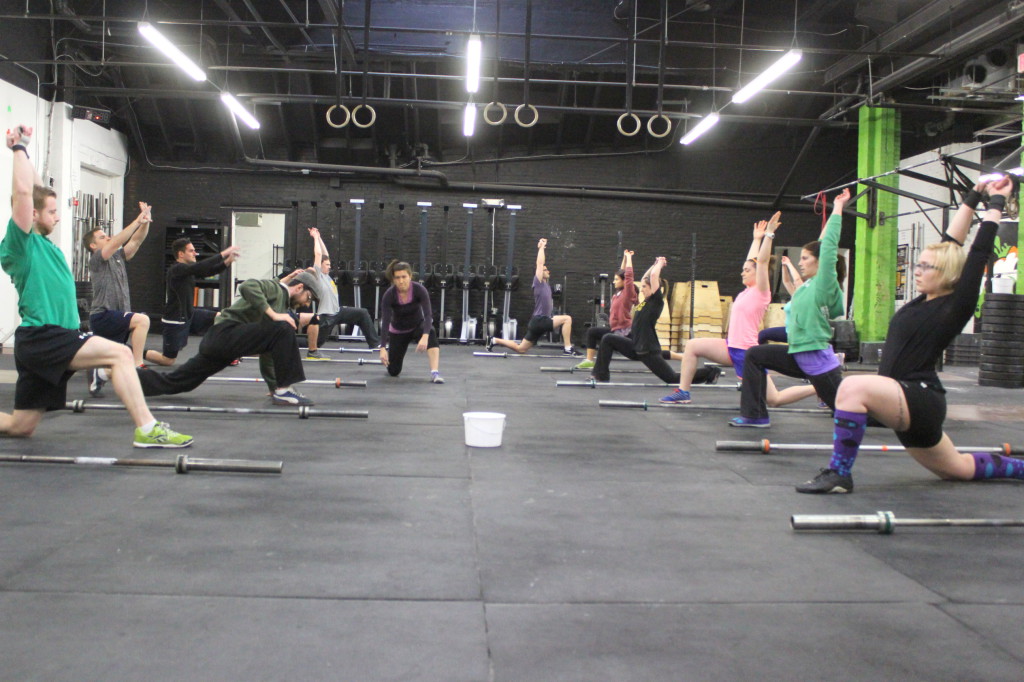
A few weeks ago, we talked about decoding the screen on the erg (rower), and using the information there to make you a more efficient rower. Today, let’s talk about the damper setting and how that can impact your workout. The damper is the the lever on the side of the rower that moves up and down (pictured below). We often make the mistake of thinking that cranking the damper up to a higher number means a harder, more intense workout. However, that is not always the case.

The ergs we have at Southie use wind resistance, which is generated by the spinning flywheel on the side. The damper setting dictates how much air is allowed into the flywheel, which then changes how rowing feels. When there is more air inside the flywheel, it takes more work to get the wheel to spin against the air. The air also slows the flywheel down on the recovery (when you are riding the seat forward, back toward your starting position), making it more difficult to initiate each pull. All of this makes rowing feel more difficult. When there is less air in the flywheel, it’s easier to get that wheel spinning. Setting your rower at a lower damper setting limits the air allowed into the flywheel, making the resistance feel lower. The more you increase your damper setting, the more air allowed in, which makes it feel like there is more resistance.
So, what’s the right damper setting for you? As with anything we do in CrossFit, we want you to consider form and technique first. If you are new to rowing, we recommend rowing with a lower damper setting to limit the resistance that you feel. Keep the resistance down for a while so that you can perfect your rowing form. As time goes on, you can start to experiment more with the damper.
Once your form is on point, we want you to consider intensity. Remember, intensity does not equal resistance in this case. Intensity on the rower is determined by how hard you pull, or how much you can use your legs and then arms to move the handle back and fourth. If you crank your damper up too high and you are then unable to pull hard, you are losing the intensity of the workout. This would be the same as using a weight that is much too heavy for you in a workout and taking twice as long as everyone or completing half of the reps. Sure, you completed the same workout, but you likely lost the intensity of it all, and therefore did not gain as much. You should be rowing at a damper setting that has some resistance but allows you to pull hard the entire time that you are on the rower and keep your intensity up.
So, the next time you hop on a rower, take a second to check what the damper is set to. Feel free to experiment with it; move it up and down until you find a setting that works for you. Happy rowing!
WOD
2 Rounds
800m Run
20 Ring Dips
20 Toes to Bar
1000m Row
Level 2- 15 Reps
Level 1- 400m, 15 reps, 500m
Ca$hout
3 Rounds
10 Medball V-ups
20 Medball Russian twists
